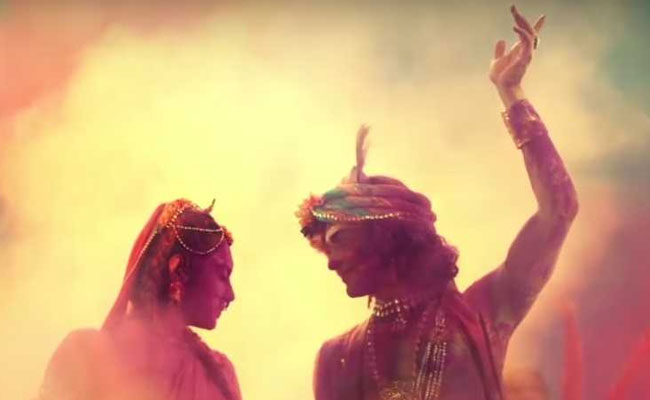Holi, also known as the "festival of colours," is a Hindu festival celebrated all over India and other parts of the world. It is one of the most colourful and lively festivals, celebrated on the full moon day of the Hindu month of Phalguna, which falls between February and March.
A Brief History of Holi
Holi • 6 Mar, 2023 • 8,779 Views • ⭐ 4.9
Written by Shivani Chourasia

The Ancient Trace

The history of Holi can be traced back to ancient India, and its roots are deeply ingrained in Hindu mythology. The festival is believed to have originated as a celebration of the victory of good over evil and the arrival of spring.
Holika and Prahlad

One of the most popular legends associated with Holi is the story of Holika and Prahlad. According to the legend, there was a demon king named Hiranyakashipu who had received a boon from Lord Brahma that he could not be killed by any human or animal. He became arrogant and demanded that everyone worship him instead of the gods.
However, his son, Prahlad, was a devotee of Lord Vishnu and refused to worship his father. It angered Hiranyakashipu, and he decided to kill Prahlad. He asked his sister, Holika, who had a boon that she could not be harmed by fire, to enter a fire with Prahlad in her lap. However, Lord Vishnu protected Prahlad, and Holika was burnt to death. This event is celebrated on the night before Holi, known as Holika Dahan, where people light bonfires to symbolize the victory of good over evil.
Lord Krishna and Radha
)
Another popular legend is the story of Lord Krishna and Radha. According to the legend, Lord Krishna, who had a dark complexion, was jealous of Radha's fair complexion. He complained to his mother, who advised him to apply colour on Radha's face to change her complexion. This event is celebrated as the throwing of coloured powder, known as Gulal, during Holi.